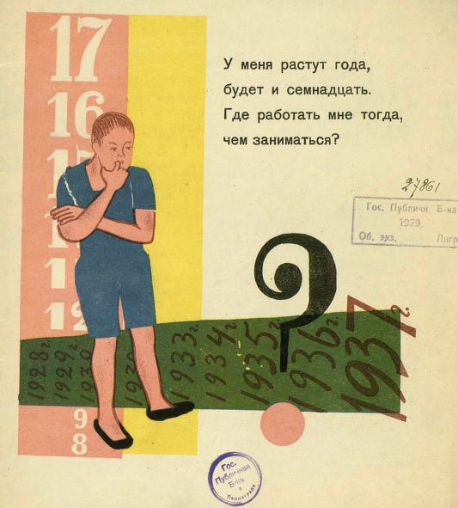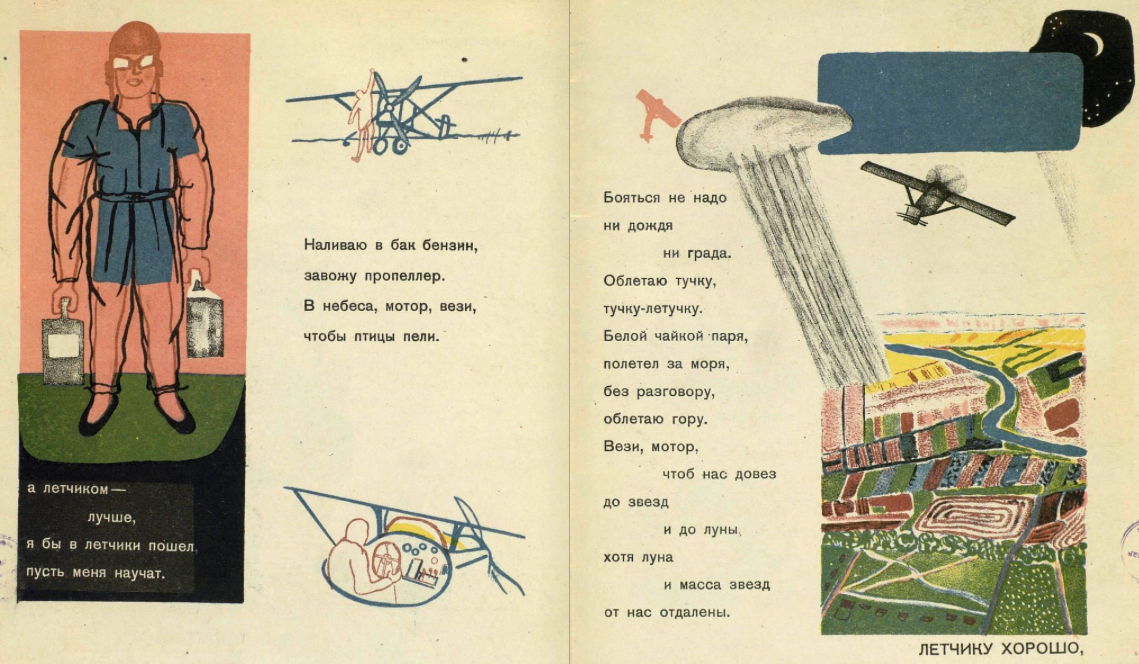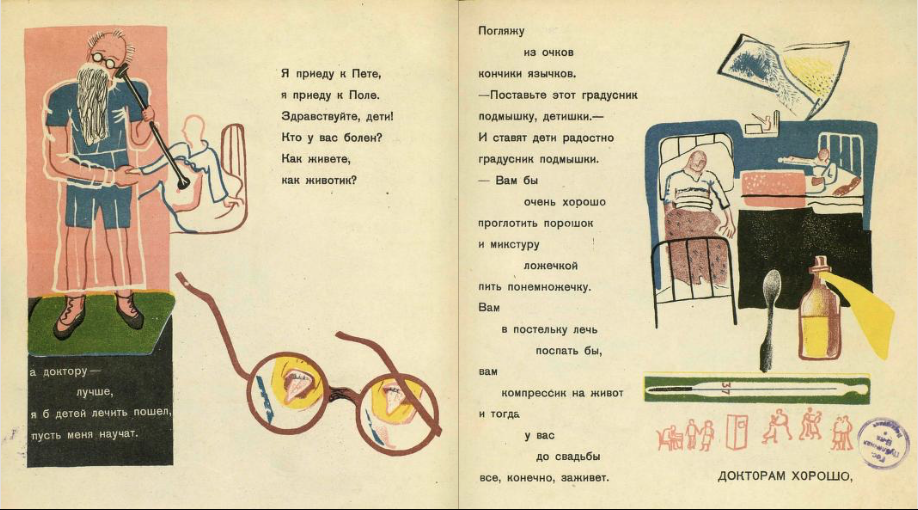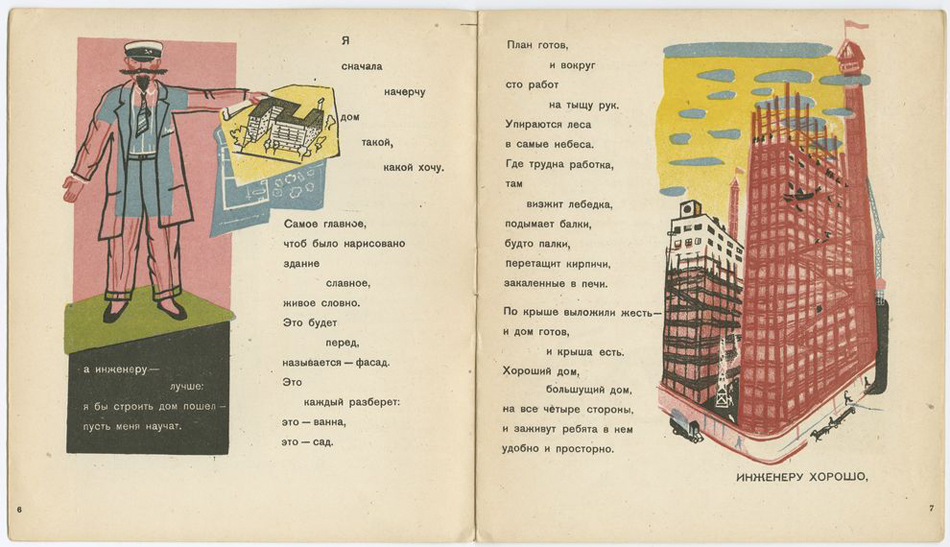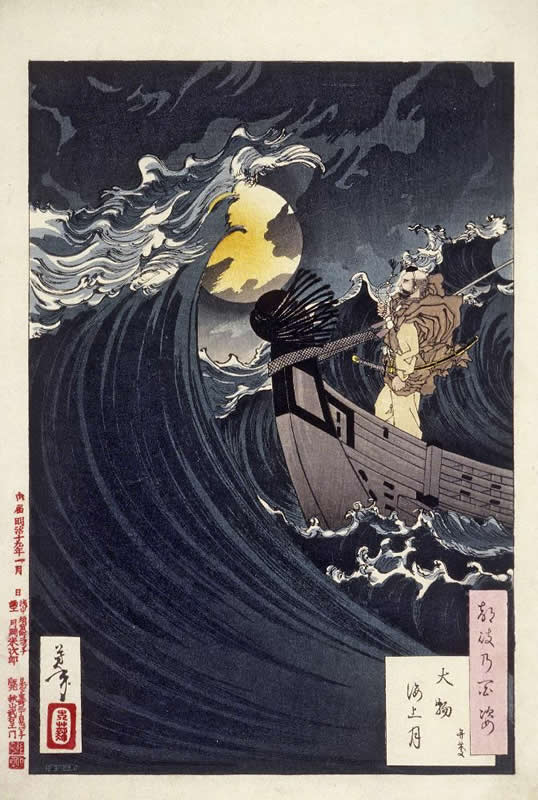Link Wray’s 1958 song “Rumble” remains the most dangerous-sounding instrumental blues vamp ever recorded, unmatched in its raw, slinky cool until, perhaps, John Lee Hooker’s Endless Boogie or the Velvet Underground’s White Light/White Heat. But unlike Lou Reed, Wray didn’t need lyrics about heroin addiction and sadomasochism to freak out the parents and turn on the kids. All he needed was his fuzzed-out guitar, soaking in reverb and tremolo, and a rhythm section with the minimalist instincts of Bo Diddley’s band, who were making a similar kind of sound at the same time “Rumble” hit the airwaves. But where Diddley’s songs invited listeners to dance, Wray’s “ragged, ominous chords, overdriven and dragged to a crawl,” wrote Rolling Stone, “sounded like an invitation to a knife fight.”
The song’s title capitalized on fifties panic over juvenile delinquency and gang violence, anxieties responsible for the popularity of entertainments like The Wild One, West Side Story, and Blackboard Jungle. Wray’s menacing, seductive song made the kids “go ape,” he said, the very first time he played it, improvising on the spot at a 1957 dance in Fredericksburg, Virginia, after the band received a request for a hit song they didn’t know how to play. Instead “Rumble” was born. In order to recreate the raucous, distorted sound of that first night in the studio, Wray famously punched holes in the speaker of his guitar amp and turned it into a fuzzbox, the first of its kind.
The gritty tune is said to be, writes critic and curator at the Library of Congress Cary O’Dell, “the connecting force between early blues guitarists and the later guitar gods of the 1960s (Hendrix, Clapton, Page.)” Wray was “the father of distortion and fuzz, the originator of the power chord and the godfather of metal. He seems to be as well the reason the world ‘thrash’ was invented, or at least applied to music.” These are large claims indeed, but Wray’s raunchy, shimmering guitar sounds like nothing that had come before it, and a harbinger of so much to come. Jimmy Page has described hearing “Rumble” as a pivotal moment. Iggy Pop credits it as the reason he became a musician.
Like all the best rock and roll, Wray’s brief masterpiece had the power to shock and upset the squares. The song was banned from radio stations in New York and Boston for fear it might actually incite gang violence—the first and only instrumental song to be banned from the air. “Rumble” acquired its name from the stepdaughter of Archie Bleyer, who released it on his Cadence Records. It reminded her, she said, of West Side Story’s gang fights, portrayed in the memorable Act I dance scene called “Rumble.” No other piece of music lived up better to radio network Mutual Broadcasting System’s 1958 description of the “distorted, monotonous, noisy music” they wanted to get rid of. The network meant these as derogatory terms, but they are high virtues in so much great rock and roll, and few songs have embodied them better than Wray’s biggest hit.
Related Content:
Two Guitar Effects That Revolutionized Rock: The Invention of the Wah-Wah & Fuzz Pedals
A History of Rock ‘n’ Roll in 100 Riffs
Josh Jones is a writer and musician based in Durham, NC. Follow him at @jdmagness


